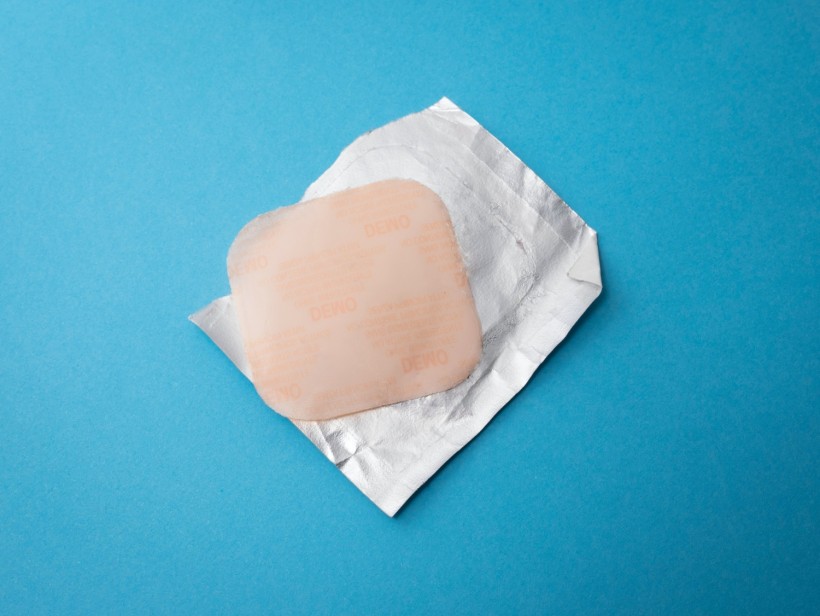Scientists in the UK are working on a skin patch that contains testosterone hormone that could alleviate symptoms associated with menopause. If the patch proves to be effective, it would be groundbreaking and could make the hormone more accessible to women. Testosterone is widely used by men, but there is controversy over whether it should be used to treat menopausal symptoms in women.

Contraceptive patch
Testosterone Patch To Improve Sex Drive of Menopausal Women
A new patch is being developed to facilitate increased sex drive for women experiencing menopause symptoms, iNews reported. Menopausal women usually experience a drastic decrease in their natural production of testosterone, which can lead to several issues, including headaches, loss of libido, impaired focus, and tiredness.
Women usually have fewer options available for hormone replacement therapy compared to men; and the options they have usually come in the form of creams and gels that are difficult to dose properly and can rub off on clothing and other surfaces. British company Medherant is developing this new patch founded by David Haddleton, a chemist at the University of Warwick in England.
According to Forbes, clinical trials testing the effect of the patch on libido are set to begin in the coming months; and if these trials prove successful, this patch could become the first and only testosterone replacement patch available to women worldwide.
David Haddleton believes that the impact of the patch on women's well-being could be immense and that it could help remove unnecessary suffering from women's daily lives. He said that this could remove needless misery from menopausal women's everyday lives.
Throughout the world, men typically have a plethora of testosterone replacement therapy options available to them compared to the limited options available to women.
Given the drop in women's natural production of testosterone after menopause, low levels can lead to problems such as loss of libido, tiredness, impaired focus, and headaches. These issues can be relieved with testosterone replacement therapy, although the few options for women come in the form of creams and gels that are difficult to dose accurately.
The new patch developed by Medherant which hopes to run successful clinical trials in the coming months could be a game-changer for women experiencing menopause symptoms.
Hormone Replacement Therapy in Menopausal Women
Hormone replacement therapy (HRT) was a common treatment for menopause symptoms, as well as for long-term health, according to Mayo Clinic. This therapy involved taking medication that contains female hormones to replace the estrogen that the body stops making during menopause.
HRT is generally used to treat common menopausal symptoms like hot flashes and vaginal discomfort. It has also been shown to prevent bone loss and reduce fractures in postmenopausal women.
This therapy is focused on replacing the estrogen that the body no longer makes after menopause. It comes in two types: systemic hormone therapy and low-dose vaginal products.
Systemic hormone therapy comes in different forms, like pills, patches, rings, gel, creams, or sprays, and is usually used to treat common menopausal symptoms. In contrast, low-dose vaginal preparations like creams, tablets, or rings are specifically used to treat the vaginal and urinary symptoms of menopause since they only minimize the amount of estrogen absorbed by the body.
But menopausal women who wish to have HRT should also know that it comes with risks, which vary depending on age, type of hormone therapy, and medical history.
RELATED ARTICLE: Hormonal Changes in Women During Menopause and Bad Cholesterol: How Can These Two be Linked to Each Other?
Check out more news and information on Women's Health in Science Times.














